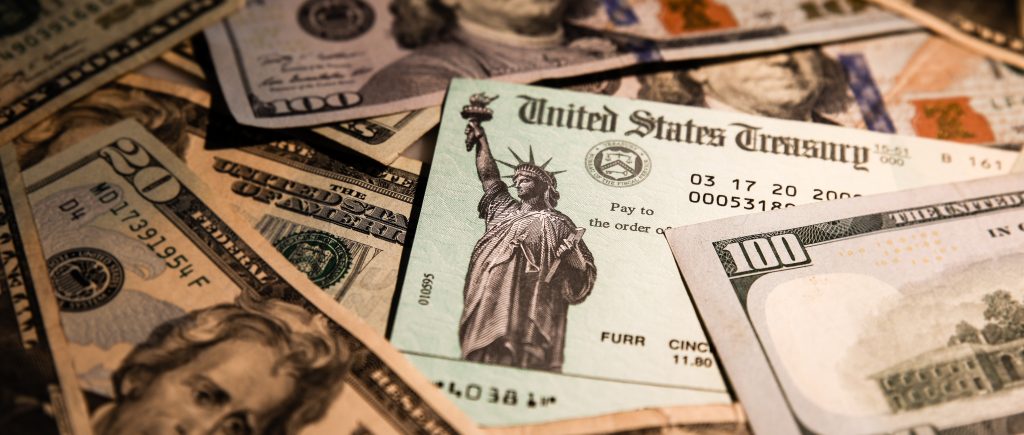Despite the Federal Reserve’s signals of three interest-rate cuts this year, Treasury yields, a key driver of mortgage rates and other borrowing costs, continue rising anyway.
As of Monday, the yield on the benchmark 10-year US Treasury note was 4.252%, up from 3.860% at the end of the previous year. As a result, both the cost of borrowing in the corporate-bond market and the average rate on a 30-year fixed mortgage have somewhat increased.
The increase in yields has attracted the attention of several observers on Wall Street who anticipated a decline in yields as well as Americans who have been expecting for mortgage rates to drop from two-decade highs. However, it highlights the intricacies of US borrowing costs and the ongoing uncertainties surrounding their future trajectory.
With an unexpected increase in orders for durable goods in February, the US economy began to show signs of recovery. This indicates that manufacturing is starting to recover from its recent setbacks brought on by the Federal Reserve’s aggressive interest rate hikes in an effort to combat inflation. Bond market participants are already eagerly expecting this week’s important inflation data, as it will significantly impact the likelihood of a rate decrease by the Fed later this year.
The market is now projecting different rate cuts. Although early forecasts called for more significant rate reductions, the Fed is now expected to drop rates by December, albeit somewhat. Additionally, the Fed has hinted that it may maintain rates higher for longer than some had predicted.
The Treasury Department is going to auction off new five- and seven-year bonds this week. Experts in the bond market are doubtful that there would be sufficient interest in upcoming auctions.
Keep an eye on the yield curve as another indicator. The yield difference between short- and long-term Treasury notes shrunk, potentially portending a future slowdown in the economy. But this difference has been negative for some time now.
Despite positive signs in manufacturing, the Fed’s next move hinges on upcoming inflation data. The market still expects inflation to average around 2.3% per year over the next decade.

 Noor Trends News, Technical Analysis, Educational Tools and Recommendations
Noor Trends News, Technical Analysis, Educational Tools and Recommendations




